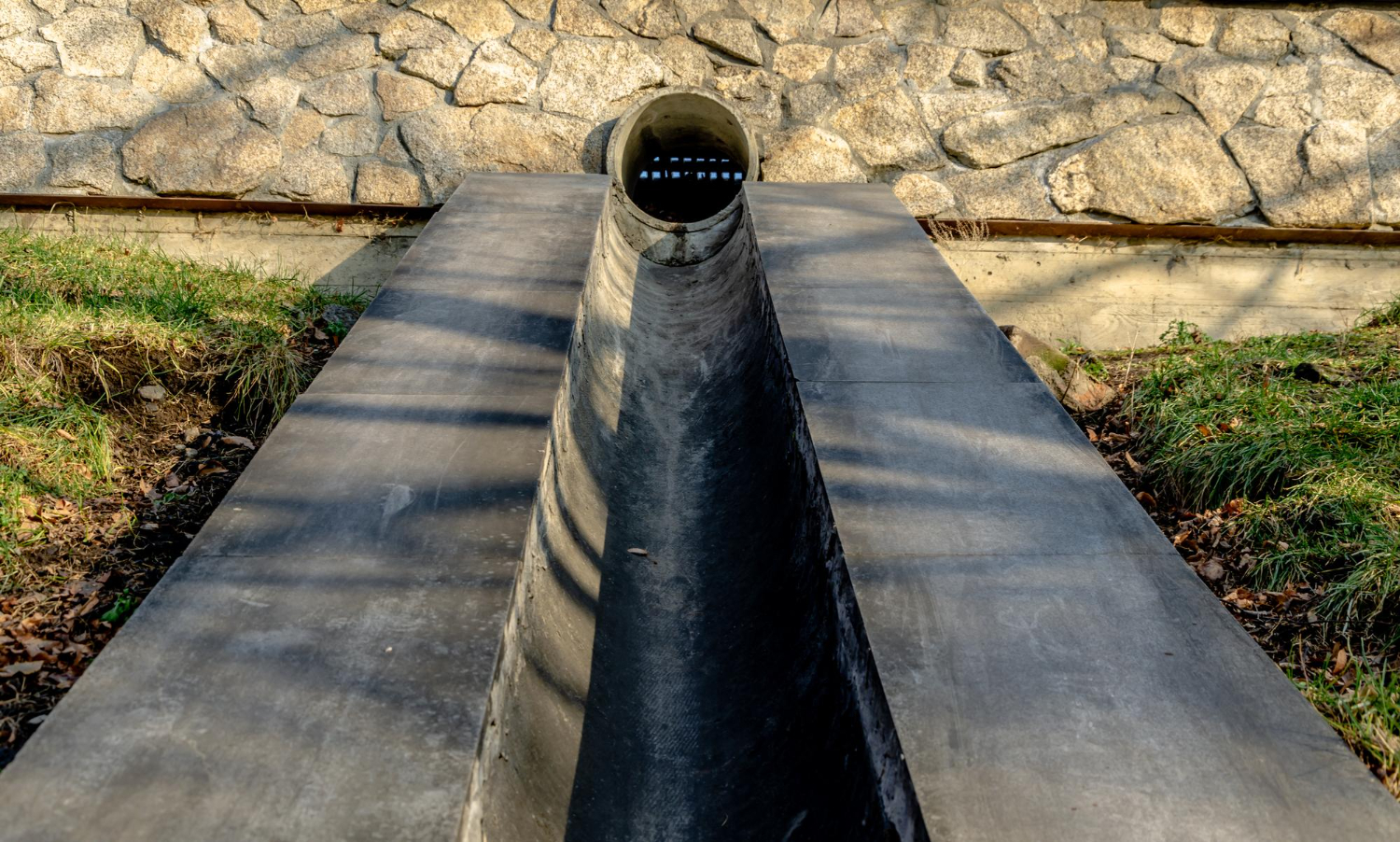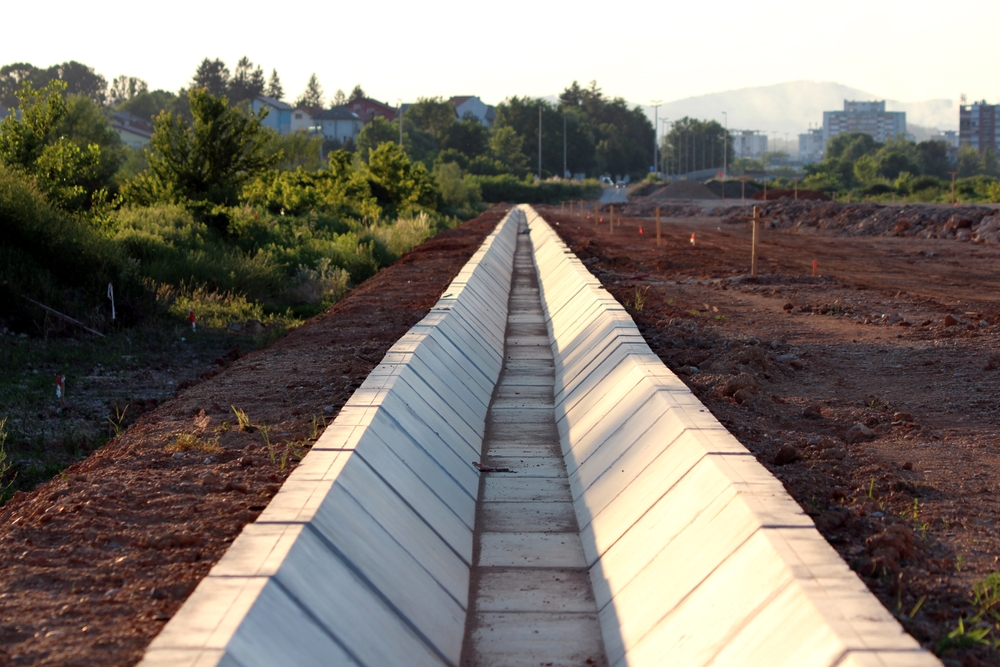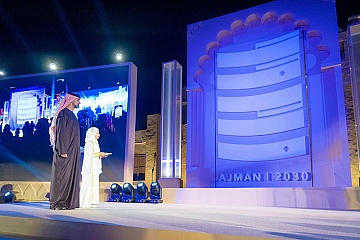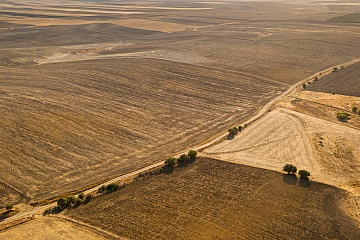
With Ajman gradually maturing into an intense economic centre within the United Arab Emirates, industrialisation has emerged as one of the major drivers of urban expansion. Planning of storm water management and drainage is a very crucial factor that cannot be ignored in the wake of increasing industrial imprint. Adequate stormwater systems will not only help avoid floods and water damage but also guarantee long-term infrastructure sustainability. In this article, we examine the role of effective drainage planning in supporting industrial projects in Ajman, particularly in areas with extensive construction and real estate development.
The Importance of Stormwater Management in Ajman
The climate of Ajman can be described as having low annual rainfall amounts, although heavy rainfall may lead to severe disruptions since most of the drainage systems are not well established. In industrial areas, surface runoff is easily generated as a result of rain falling on impermeable surfaces, such as roofs, roads, and parking lots. Without a proper approach to controlling storm waters, this runoff may lead to the following:
- Flooding of property and access roads
- Destruction of industrial facilities and equipment
- Sedimentation and soil erosion
- Water body pollution
- Higher maintenance and repair charges
The risks are a poser to investment and in the sustainability of the urban environment, considering the number of properties under development in Ajman, both industrial and commercial properties.
Stormwater and Drainage Planning
Stormwater Management in Industrial Districts: Stormwater management should be part of the planning and design process at an early stage. The goal is to ensure that the storm water is collected, conveyed, treated and discharged in an environmentally friendly manner with minimal effects to the environment, but offers protection to human life and structures.
Essential elements include the following:
1. Surface Design and Site Grading
An appropriate grading plan will guarantee the natural flow of water to the selected drainage ways. The grading of industrial plots should be done in such a manner that water is removed off the structures and into the storm drains or retention basins. When leasing any plot in Ajman, particularly industrial plots, developers are expected to inspect the site's topography prior to commencing the construction process.
2. Drainage Infrastructure

These are integrated gutters, culverts, storm drains, underground pipes, swales, and outfalls. These systems have to be built during the periods of significant precipitation to withstand the amount of run off that is expected. High-capacity drainage systems are typically required due to the extensive paved surfaces within industrial parks.
3. Retention and Detention Ponds
They are designed basins which temporarily store stormwater and then release it at a regulated rate. Detention ponds gradually release the water so as not to overwhelm the municipal drainage system; retention ponds permit infiltration. The two are needed in mass industrial applications.
4. Green Construction and Permeable Surfaces
Runoff can be significantly reduced by incorporating permeable pavements and vegetated swales. Rain gardens and green roofs are becoming more common in ecologically-minded industrial design. The above features can enhance environmental sustainability and regulatory compliance for any individual contemplating industrial development land sale in Ajman.
Environmental and Regulatory Issues
The Ajman Municipality and Planning Department have strict guidelines that guide drainage planning in industrial areas. These are minimum pipe sizes, discharging capacities and maintenance. Environmental impact assessments (EIAs) are also mandated on large industrial undertakings. These EIAs assess the potential impact of stormwater runoff on the adjacent water bodies and ecosystems.
Developers and investors should consider having these regulations in their planning to avoid interruptions. Noncompliance can lead to reputational damage, legal issues and project delays. The role of civil and environmental engineers In the process of managing storm water, professional consultation is of core importance. Civil and environmental engineers use advanced modelling tools to estimate the volume of runoff and simulation of rainfall events. Such simulations are useful in making systems that are affordable and conformal to local standards.
Also, engineers examine the already existing infrastructure to determine whether it can accommodate new development. This is specifically applicable in the old industrial regions, whose ageing systems might not be up to contemporary standards. When you are buying an industrial plot in Ajman, getting it evaluated by a professional engineer can save you the costly adjustments in the future.
Ajman-Specific Drainage Problems
The geography and rapid development of Ajman, particularly along its coastline, present special challenges. In other places, the water table is high, making the systems that rely on infiltration less effective. Additionally, the flat topography restricts natural drainage, further increasing dependence on engineered systems.
The growth of urban sprawl has also been ahead of drainage facilities in certain districts, resulting in flooding at certain periods. As the conversion of more plots of land in Ajman to industrial and commercial use continues, this issue may escalate unless it is actively planned and enforced.
Technology is increasingly being used in stormwater management by using Smart Drainage Solutions to prevent future problems. Stormwater infrastructure can be controlled dynamically using smart sensors, automated gates, and real-time monitoring systems. These technologies have served to optimise performance, lower maintenance costs, and increase responsiveness in cases of extreme weather.
Sustainable drainage systems (SUDS) are also gaining popularity. These imitate natural systems to control runoff, increase water quality and enhance biodiversity. By implementing such systems, developers focusing on commercial land in Ajman will be able to add enormous value to their project and its environmental accolades.
Combining Drainage with City Planning

City Drainage planning is now being incorporated into general urban planning by municipal governments. Stormwater is being considered in mixed-use developments, the transportation network, and public spaces. This integrated approach makes drainage systems feel like a crucial consideration in infrastructure planning.
When you are investing in property in Ajman, whether industrially or commercially, you need to make sure that you identify some of the locations where the long-term drainage planning has been incorporated in the urban design, this minimises risk in the future and operational resilience.
Selecting the Correct Plot that has Drainage in Mind
Investors seeking a commercial plot for sale in Ajman ought to bear the following:
-
Close to the main drains
-
Permeability of the soil
-
Previous flood records
-
Area Drainage upgrades of the municipality
This process can be especially simplified by using the services of an informed real estate advisor or platform.
Conclusion
Drainage planning and stormwater management are no longer nice-to-have components of industrial development- they are essential components of resilience and sustainability. As Ajman continues its active development path and industrial real estate becomes more in demand, adequate drainage facilities will become one of the key features that will determine future projects and their durability.
When considering an investment opportunity in Ajman properties or a plot for sale in Ajman, stormwater planning is a must. To experience an informed and smooth process of real estate in Ajman, log on to www.ajmanproperties.ae, your friendly partner in helping you acquire the appropriate industrial or commercial land to put up your next venture.










Comments (0)
Leave a comment